Understanding Engine Serpentine Belts
The engine serpentine belt, a crucial component in modern vehicles, snakes around various pulleys under the hood, driving multiple peripheral devices such as the alternator, power steering pump, and air conditioning compressor. Unlike older multi-belt systems, a single serpentine belt offers a compact and efficient solution for transferring power within the engine bay.
Types and Applications
Serpentine belts come in various configurations to accommodate different engine layouts. The alternator serpentine belt is particularly vital as it ensures the battery is consistently charged. In contrast, the water pump belt plays a pivotal role in the vehicle's cooling system. These belts are not only pivotal for smooth operation but also for maintaining the vehicle's longevity.
Features and Materials
Constructed predominantly from durable rubber compounds or synthetic polymers, the serpentine belt's design promotes resilience and flexibility. Advanced manufacturing techniques have enhanced their resistance to heat, abrasion, and stretching, which contributes to a reduced engine belt cost over time due to less frequent replacements.
Advantages of Regular Maintenance
Regular inspection and timely replacement of the engine car belt can prevent roadside breakdowns and costly repairs. Symptoms like a squeaky engine belt or a noisy alternator belt often signal wear and should prompt a maintenance check to avoid further issues such as overheating or battery drain.
Choosing the Right Serpentine Belt
Selecting the appropriate serpentine belt requires understanding the specific needs of your vehicle. Factors such as the belt's length, width, and profile are critical. For instance, replacing an alternator belt car model requires ensures compatibility with the existing pulley system. A mismatched belt can lead to inefficient operation or damage to engine components.
Installation and Replacement
While the cost of replacing an engine belt can vary, the process generally involves removing the tension from the belt tensioner, unthreading the old belt, and positioning the new one. For those unfamiliar with changing an alternator belt, consulting a professional may be advisable to ensure correct installation and tensioning.

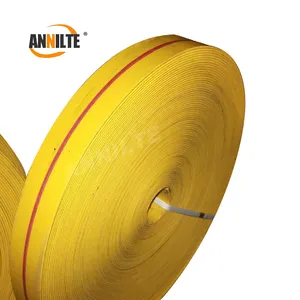







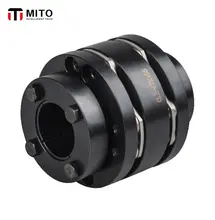
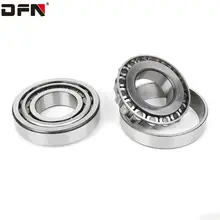
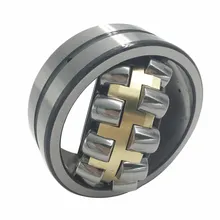




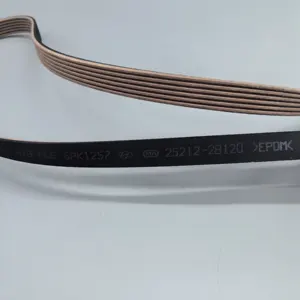


















 浙公网安备 33010002000092号
浙公网安备 33010002000092号 浙B2-20120091-4
浙B2-20120091-4